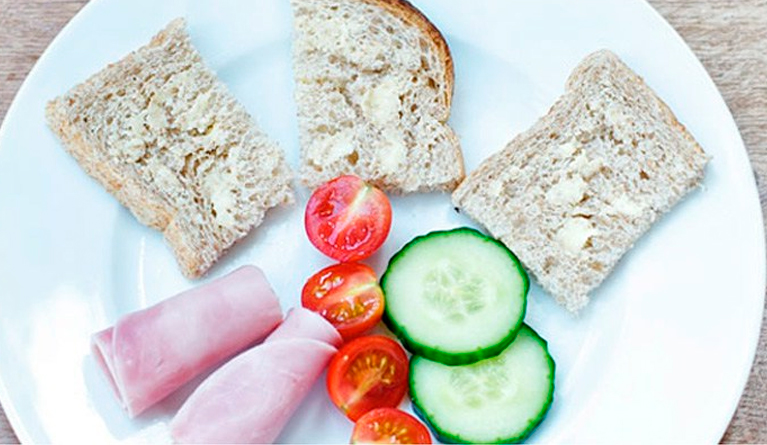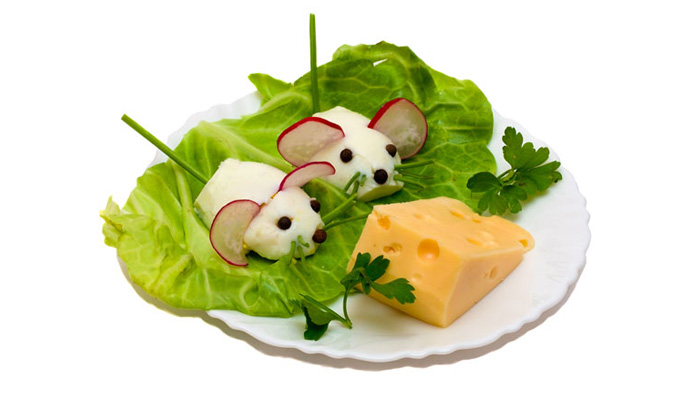It is very common for parents to worry that their toddler is not eating enough. In fact, most parents expect toddlers to eat more food than they actually need. It is often tricky to find the right balance between providing enough nutrition and overfeeding. So how much is the right amount? The Infant & Toddler Forum (ITF) has revamped its online Portion Sizes resource to help you understand the correct portion sizes to feed your little ones.
In the UK, adult portion sizes have increased dramatically in the last 20 years and evidence shows that we are all eating more as a result. A toddler’s energy needs are much lower than that of an adult so they require smaller meals.
Don’t worry if some days your toddlers want to eat more or less than they did on other days. Judy More, Paediatric Dietitian and Member of the ITF explains:
“How much toddlers eat varies widely from day to day and meal to meal, so parents and carers shouldn’t worry if some days their toddler eats less than on other days.”
The ITF Portion Sizes guidance includes ranges rather than specific amounts, to address the fluctuating appetites of young children. You can use the portion sizes as a guide on how much to offer to your 1-4 year olds – but then allow children to eat to their appetite. If you offer your toddler foods from each group as recommended below, you can rest assured that they will get the right amount of nutrients and energy – except vitamin D, for which all children need a supplement.
Food Group 1: Bread, cereals, potatoes & other starchy foods
Offer a serving of foods from this group at each meal and some snacks. Example portion size ranges:
- Bread slices (fresh or toasted): ½ – 1 medium slice
- Mashed potato: 1 – 4 tablespoons
Food Group 2: Fruit and Vegetables
Offer at least 1 – 2 servings of foods from this group at each meal and some snacks. These foods are low in energy but high in nutrients, so allow your toddler to eat larger portions if they wish to. Example portion size ranges:
- Peas: ½ – 2 tablespoons
- Tangerine: ½ – 1 fruit
Food Group 3: Milk, cheese and yogurt
Offer a serving of foods from this group about three times each day. If toddlers have too much of these foods, it can reduce their appetite for iron-rich foods from the other food groups, so try not to offer more than the suggested portion sizes. Milk should be given in a cup, mug or glass – not a bottle. Semi skimmed milk can be used from two years of age and skimmed milk from five years of age for children who eat a wide variety of foods, but changing is not necessary. Example portion size ranges:
- Yogurt: 1 average pot (125ml)
- Cow’s milk: 1 cup of milk (100 – 120 ml / 3 – 4oz)
Food Group 4: Meat, Fish, Eggs, Nuts and Pulses
Offer a serving of foods from this group 2 times per day if your toddler eats meat and fish, or 3 times per day if they are vegetarian. Example portion size ranges:
- Sausages: ¼ – 1 medium sausage
- Poached / boiled / fried egg: ½ – 1 egg
Food Group 5: Foods high in Fat and Sugar
If your toddler is under 2 years old, they will have lower energy requirements and so you should avoid offering them sweet puddings, cakes, biscuits, confectionery, chocolate or savoury snacks such as crisps.
The amount that you should offer varies depending on the type of food in this food group (visit the Portion Sizes resource for more information).
- Biscuits, cakes and puddings: Include once a day
- Fats and oils: Include two servings per day
- Sauces and sweet and savoury spreads: Include 1 serving per day
- Confectionery, sweet drinks and savoury snacks: Limit these foods to occasional mealtimes – no more than one item once a week.
Example portion size ranges:
- Fruit biscuit: 1 – 2 biscuits
- Jelly: 2 – 4 tablespoons
For further guidance on healthy eating for toddlers, visit www.infantandtoddlerforum.org.
For more information, visit the full Portion Sizes table: http://www.infantandtoddlerforum.org/portion-sizes-table
The Infant & Toddler Forum is supported by an unrestricted educational grant from Danone Nutricia Early Life Nutrition. The views and outputs of the group, however, remain independent of Danone Nutricia Early Life Nutrition and its commercial interests.













Leave A Comment
You must be logged in to post a comment.